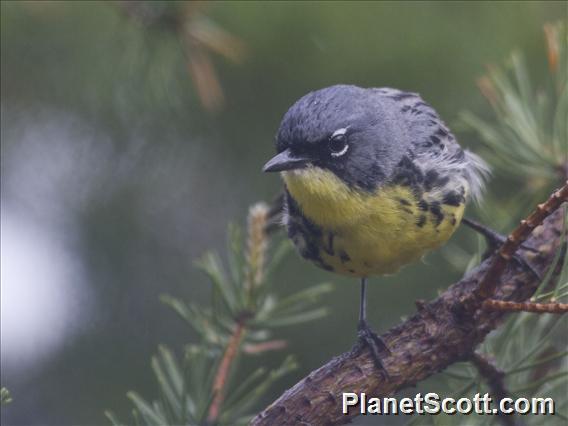Kirtland's Warbler (Setophaga kirtlandii)

Kirtland's Warbler (Setophaga kirtlandii)
×


Kirtland's Warbler (Setophaga kirtlandii)
About Kirtland's Warbler (Setophaga kirtlandii)
- Kingdom: Animals
- Phylum: Chordates
- Class: Birds
- Order: Perching Birds
- Family: New World Warblers
Kirtland's warbler, also known in Michigan by the common name jack pine bird, or the jack pine warbler, is a small songbird of the New World warbler family (Parulidae). Nearly extinct just years ago, populations have recovered due to the conservation efforts of the Kirtland's Warbler Conservation Team and its members. The birds require large areas, greater than 160 acres, of dense young jack pine for breeding habitat. This habitat was historically created by wildfire, but today is created through the harvest of mature jack pine, and planting of jack pine seedlings.
Source: Wikipedia
Lifelists
Trips
Visits
-
2012-06-02
Grayling, United States of America


